A high-quality electric fence is the most reliable and cost-effective way to keep your cattle or other livestock contained and protected. However, without installing a proper grounding system, your electric fence may fail to keep your livestock in or predators out.
So how many ground rods do you need for your electric fence?
Industry standards indicate installing at least three ground rods for energizers up to 15 joules, five for energizers up to 25 joules, and seven for energizers up to 35 joules.

Dealing with electricity can be challenging, so in this article, I will cover some of the electrical questions that are likely to puzzle you when considering electric fencing.
Keep reading to find out how to ground your electric fence properly!
Table of Contents
Why Do Electric Fences Need to Be Grounded?
When livestock or predators come in contact with an electric fence, they will feel an electric current flow through their bodies that should stop them in their tracks.
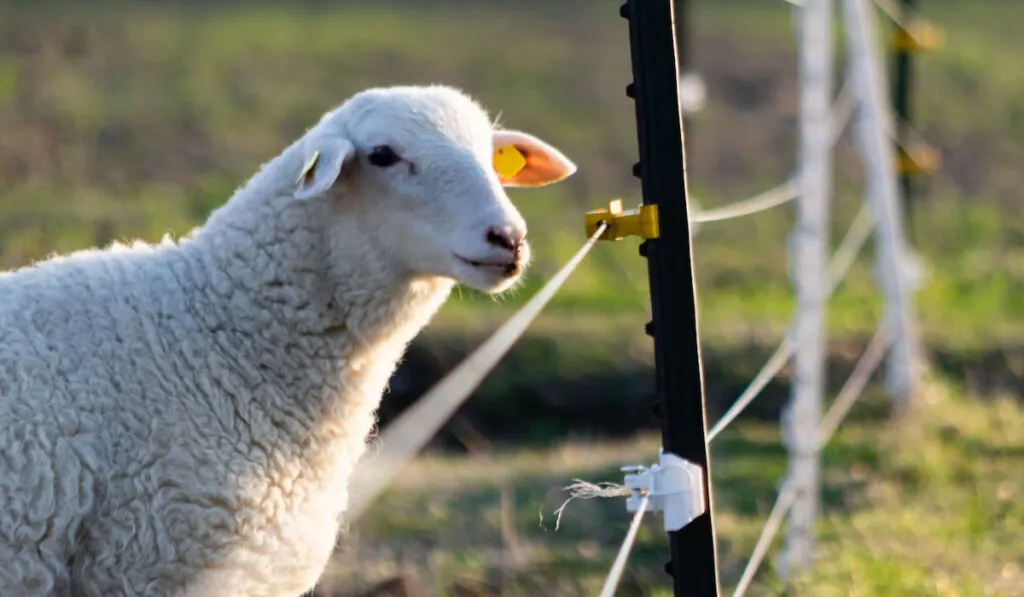
To complete the circuit, the charge must then travel through the ground rod planted in the soil and up the ground wire to the terminal charger.
The animal touching the fence wire closes the circuit with the energizer by grounding.
While we can assume that the animal is guaranteed to be properly grounded, the electric current cannot complete its path if the ground terminal charger is not. Therefore, the animal won’t get the necessary shock to stop it from going further.
If the circuit is not closed due to poor grounding, no current will flow, and the animal will not feel the electrical impulse.
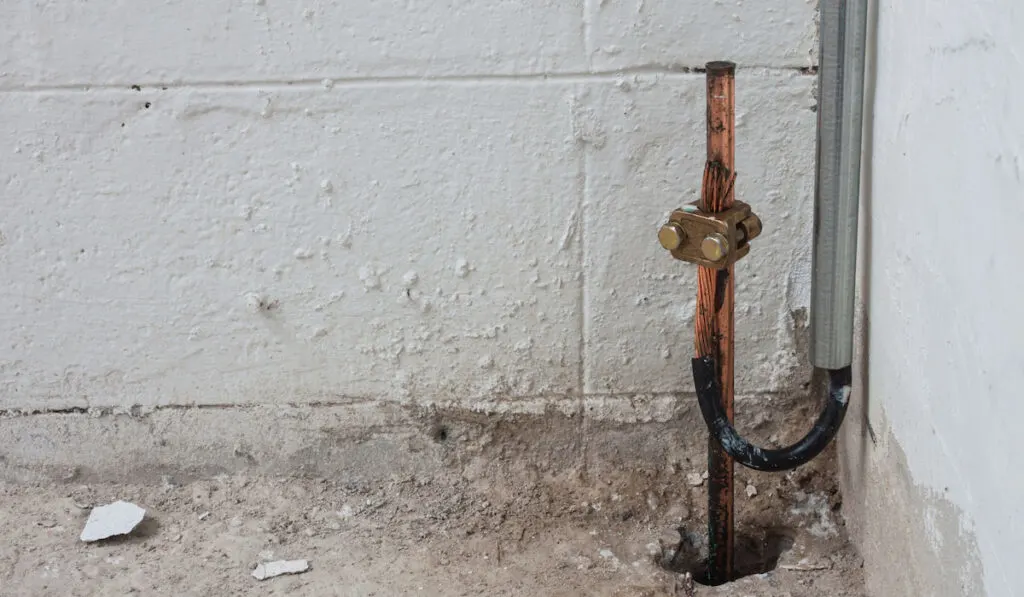
How Many Ground Rods Do I Need For an Electric Fence?
Generally, you should put in at least 3 feet of ground rod for every joule. The more power a charger puts out, the more grounding rods it will need.
A 15-joule fence charger will need at least 45 feet of ground rods, which must be installed every 10 feet.
Do I Need More than One Ground Rod?
Most fences need two or three grounding rods placed about 10 feet apart.
One grounding rod per electric fence can be enough if you have a small fence and moist, loamy soil. But if your electric fence doesn’t get enough power, you might need to put in more grounding rods.
Ensure your grounding rods are far enough away from buildings, phone lines, and other power lines. If the rods are positioned too close to each other, they could cause interference.
One-Wire Grounding Rod System
A one-wire system should be used if the space is small and there are only one or two wire strands.
One-wire systems are used for:
- small fence lines.
- fence lines where soil conditions are sufficient, with wet, moist soil all year long.
- on top of a barbed or braided wire fence to stop animals from reaching over it.
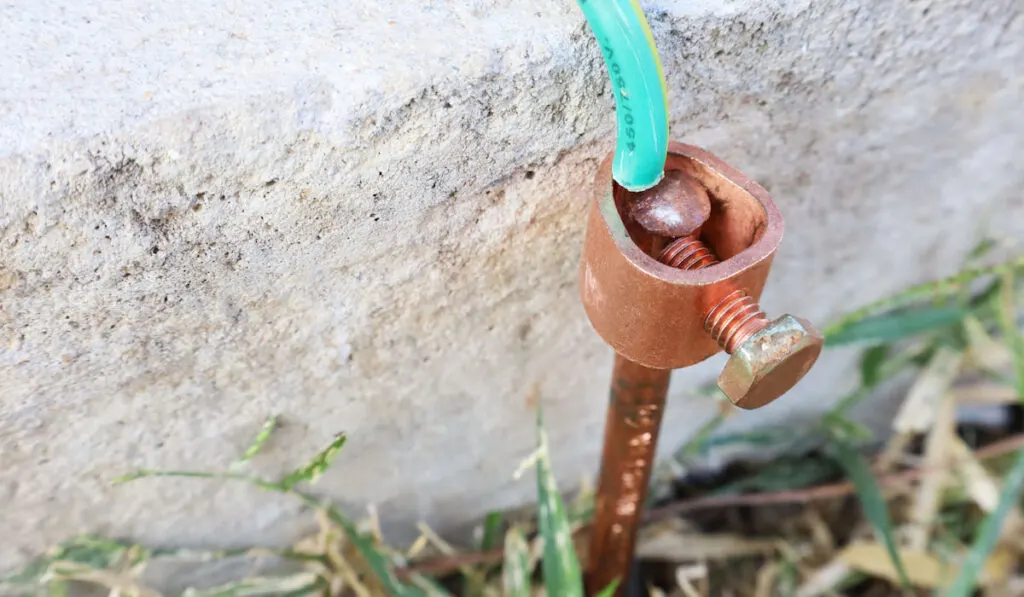
Two-Wire Grounding Rod System
If more than three strands of wire are on the fence, you should use a two-wire ground system.
Two-wire systems are used for:
- large areas that need to be fenced in.
- containing animals with long hair or wool.
- areas with sandy or rocky soil.
It’s easy to ground this system.
The ground wire will go straight from the ground terminal to the ground rods and then to the ground wires on the fence line. The charged wires are hooked up to the charger’s fence terminal.
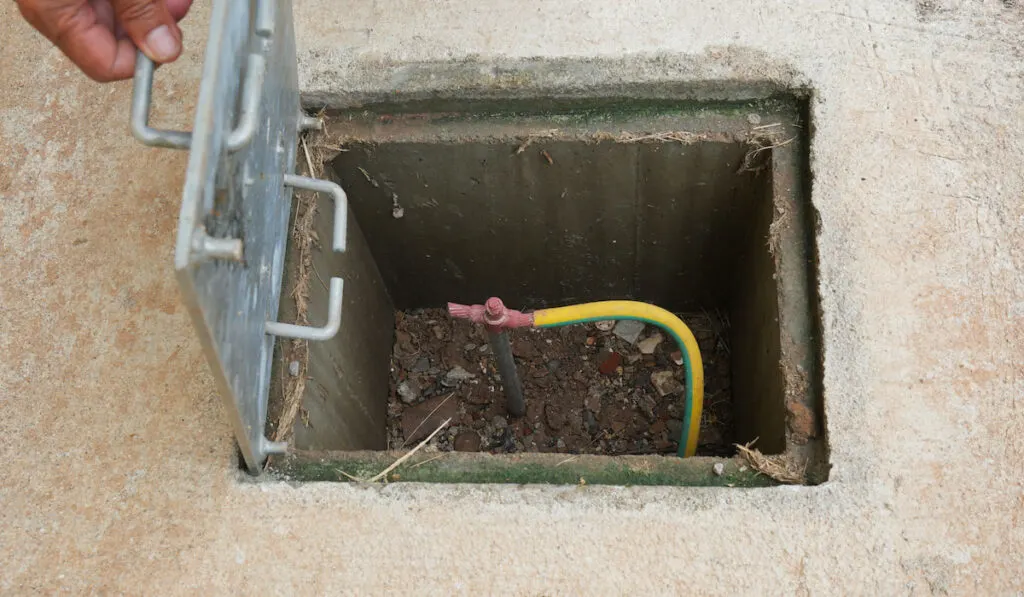
How Deep Does an Electric Fence Ground Rod Need to Be?
It is best to ensure the rods are deep enough in the ground to be in contact with moist soil.
Ensure there is at least 3 feet of ground rod beneath the water table. Ground rods should also stick out of the ground by approximately 4–6 inches.
If the ground is sandy or rocky, it may not be possible to bury the rods deep enough to be properly grounded. The grounding plates typically used to ground houses might be the answer in these situations.
How Far Apart Do Grounding Rods Need to Be?
While the first rod should be installed 20 feet from the fence energizer, the distance between additional rods should be at least 10 feet.
And, remember, grounding rods are more effective when installed deeper and in wetter soil.
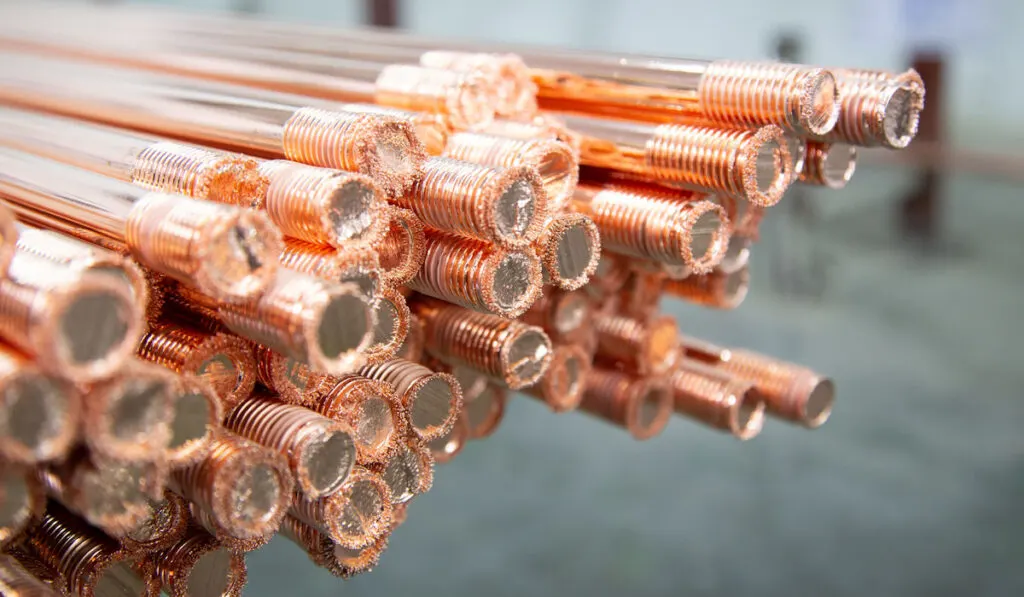
Should You Use Copper or Galvanized Grounding Rod for an Electric Fence?
The benefit of copper is that it transports the electrical charge more efficiently than galvanized rods, but galvanized rods will last longer because they’re less corrosive than copper.
Corroded metal does not allow electricity to flow well and may stop the circuit from closing as a result.
Can You Use Rebar as a Grounding Rod?
Rebar can be used as a grounding rod. But rebar is less conductive than the other popular grounding rod choices. Additionally, it has a shorter lifespan than copper and galvanized metal rods.
All these factors could contribute to you and your electric fence having future difficulties.
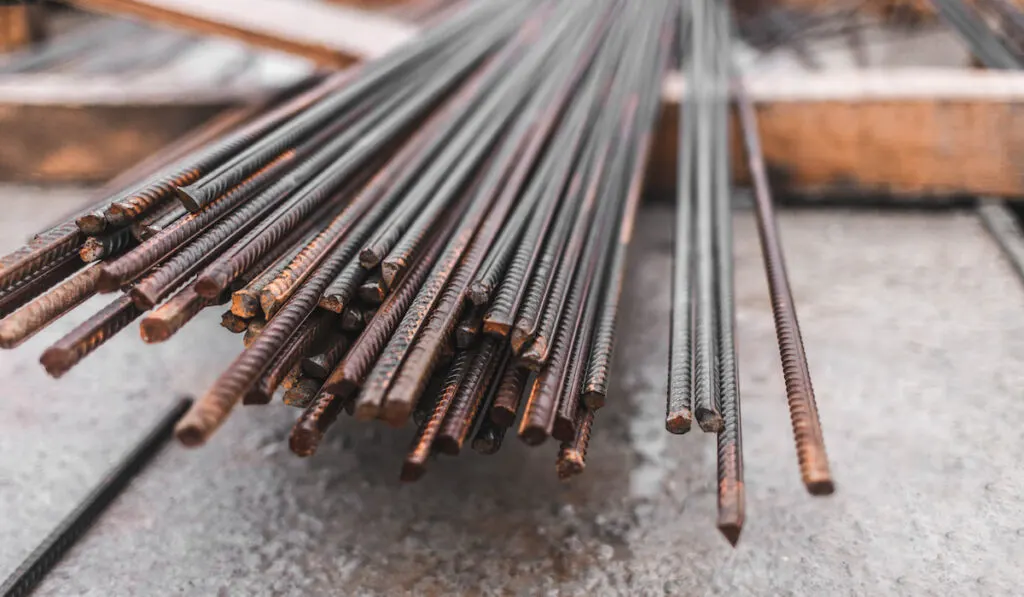
What Type of Wire Is Best for Electric Fencing?
There are two types of high-quality wires that you can use for your electric fence: galvanized steel and aluminum wire.
Both are robust, long-lasting, and minimal maintenance, making them ideal for building perimeter electric fences.
Galvanized steel is a cost-effective option over long distances. High-quality steel wire is highly conductive, and you can be certain it will perform as long as needed.
Aluminum can conduct electricity four times better than galvanized steel, and it usually comes with a warranty that lasts for life.
The main disadvantage is that it is usually more expensive than steel wire.
How Dangerous Is an Electric Fence?
People who come into contact with electric fencing typically receive a light shock. However, the cumulative effect of the current over minutes or hours can cause serious harm.

Always be cautious and aware of the possibility of extreme danger if:
- you get trapped in the fence for a longer period of time.
- you touch an electrical wire with your head or neck.
Provide proper warning signs in areas where the public can access your electric fence.
Final Thoughts
Installing an electric fence may be the best option to keep your livestock contained and protected. But to have an effective system that works efficiently, you must also understand that a proper grounding system is essential.
Animals that come into contact with an electric fence generally only make that mistake once, but if the circuit is not closed due to poor grounding, livestock or predators may cause chaos as a result.
Resources
- https://fyi.extension.wisc.edu/grazres/files/2012/01/ground.pdf
- https://www.pubs.ext.vt.edu/content/dam/pubs_ext_vt_edu/spes/spes-204/SPES-300.pdf
- https://www.canr.msu.edu/news/grounding_the_electric_fence
- http://omafra.gov.on.ca/english/livestock/beef/news/vbn0718a3.htm
- https://www.teagasc.ie/media/website/rural-economy/farm-management/farm-safety/ElectricFenceSafety.pdf
